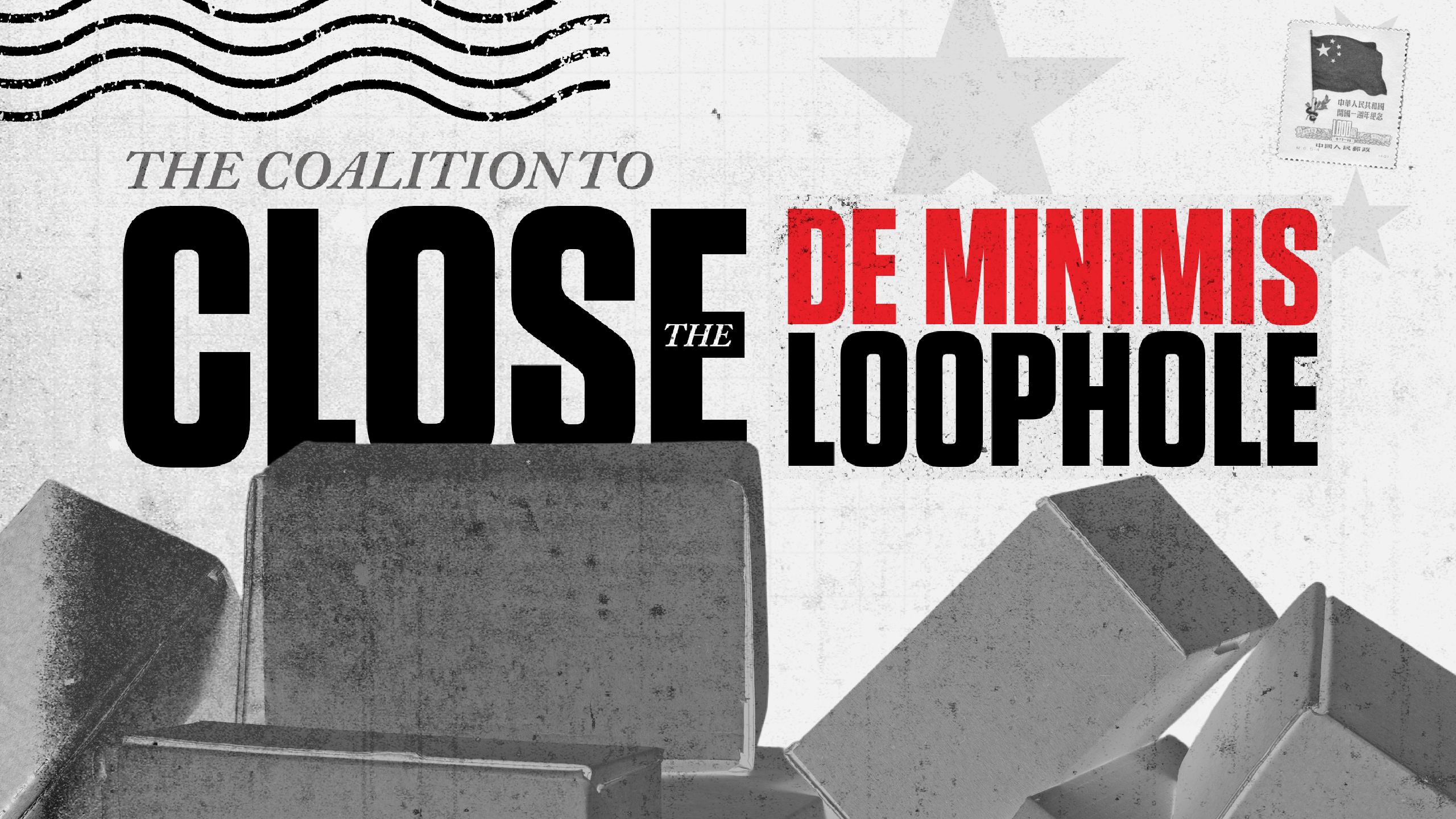
DRIVING THE FENTANYL CRISIS
DE MINIMIS
Learn how an obscure customs law is leaving empty chairs at family tables across America and why CPA is fighting to have the De Minimis loophole closed.
THE COALITION TO CLOSE
THE DE MINIMIS LOOPHOLE
dedicated to increasing awareness and education around the harmful impacts of de minimis, a loophole being exploited by China and other foreign entities to facilitate a flood of fentanyl and other illicit drugs, products made with slave labor, and counterfeit and toxic consumer products into the U.S. market.
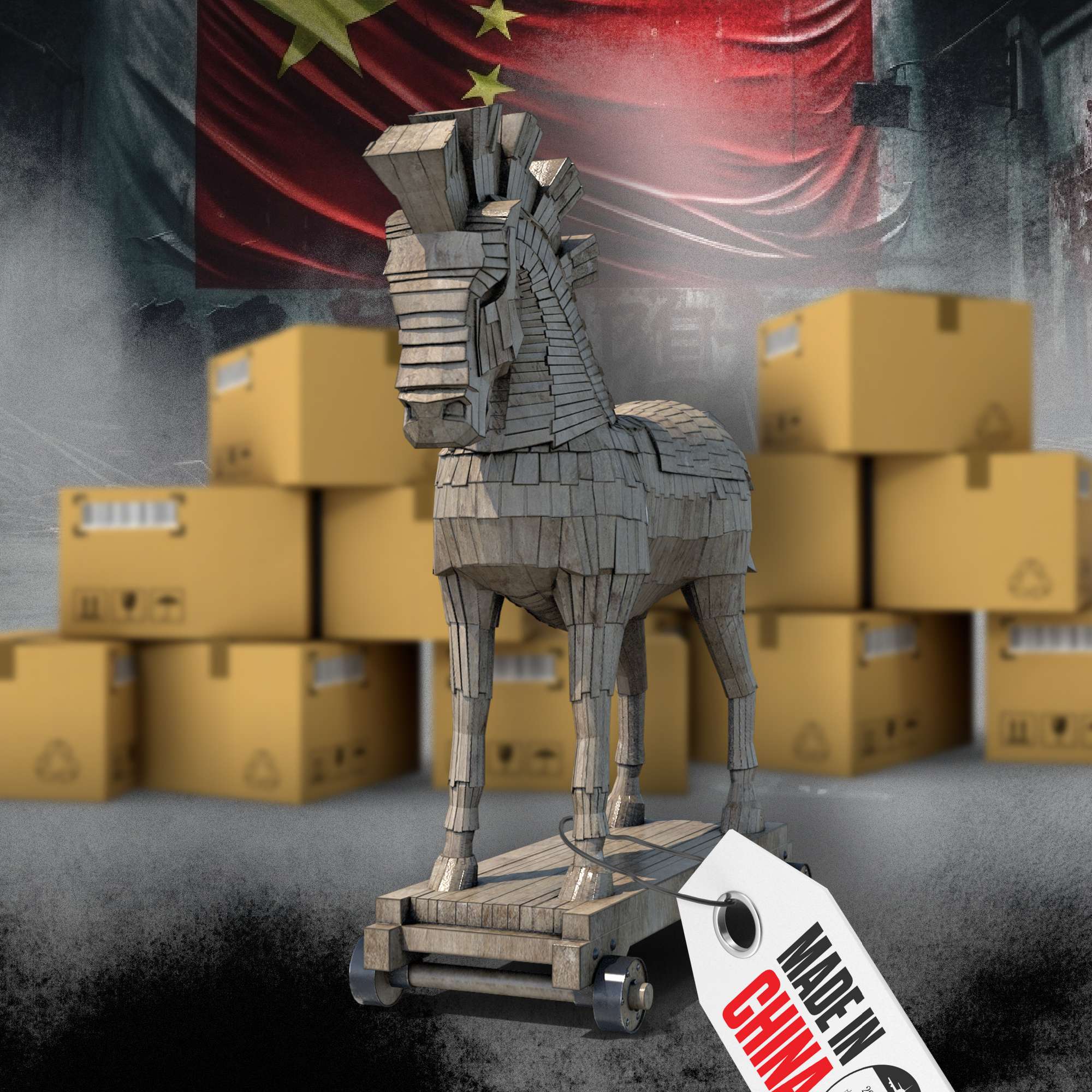
A "TROJAN HORSE" FOR BAD ACTORS
The de minimis loophole allows the post office, express shippers such as FedEx and UPS, and others to bring millions of packages valued under $800 into the United States without paying duties, taxes, fees or undergoing rigorous inspection. There is also limited data currently required of such shipments. Missing data that this bill would mandate includes harmonized tariff system (HTS) codes, merchandise country of origin information, requiring a good’s value to be assessed at the U.S. transactional value—making it consistent with other areas of custom’s law—and other essential data points that will allow CBP to combat the current lawlessness. The loophole has been a popular gateway for illicit drugs like fentanyl and counterfeit goods that violate U.S. intellectual property.
BY THE
NUMBERS ⬇
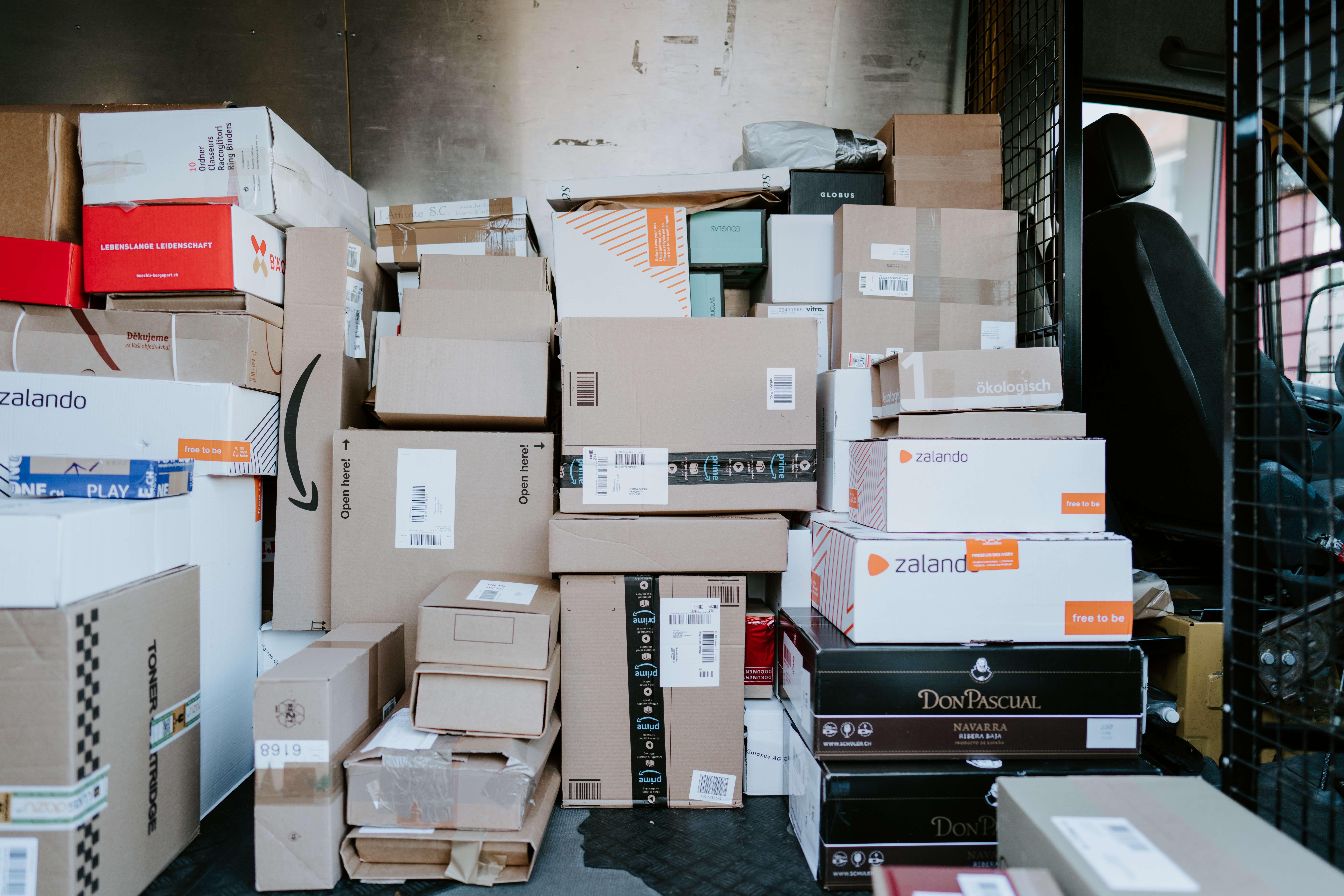
1,000,000
of them contain NO identifying data aside from a shipping label and declared value.

$800
Shipments qualify for de minimis treatment if their value is declared at less than $800 by the importer.

164
Percent increase of fentanyl seizures at the U.S.-Mexico border between 2020-2022 alone.

90
Often with over 90% purity, the fentanyl being shipped directly to U.S. homes is far stronger than the average 10% concentration seized at the border.
THE OBSCURE CUSTOMS LOOPHOLE DRIVING THE FENTANYL CRISIS
De Minimis: "Ungovernable Lawlessness" at the Border
Is De Minimis affecting your business? We want to hear from you.


Falsehood: Congress passed de minimis because it “reduces inflationary pressure and supply chain delays” – NFTC.
Fact: The de minimis law itself, 19 U.S.C. §1321, plainly states Congress’ purpose with de minimis in its first sentence: “to avoid expense and inconvenience to the Government disproportionate to the amount of revenue that would otherwise be collected”. This makes sense as far as Congress intended: it’s not worth the custom officer’s time to assess the 7.2% tariff on your $5 glass snow globe you’re bringing back from your trip to Paris while you stand in line at JFK Airport. Doing so would generate 36 cents of revenue for the Treasury, but likely take the customs officer at least several minutes of staff time, costing the government in excess of the 36 cents generated. This is the purpose of de minimis, inflation and supply chain delays were never part of the discussion. Note also that de minimis for returning travelers is a separate subsection of the statute – 19 U.S.C. §1321(a)(2)(B) – from the de minimis causing the controversy, (a)(2)(C). And it is obvious to all in logistics, and should be to any layman, that de minimis exacerbates supply chain delays. It is infinitely more efficient for snow globes to be packed up securely on pallets at their place of manufacture and imported in bulk through our ports, rather than fill containers with thousands of individually packaged snow globes addressed to individual U.S. consumers. Finally, note that when imports are digitally entered with the required data elements of CBP Form 7501 (aka, normal imports), duties can be automatically assessed.
Falsehood: “CBP has confirmed that it screens low-value shipments just as they would screen higher value entries coming through other modes. These shipments are subject to screening and review by over fifty federal agencies enforcing over 500 U.S. laws.” – NFTC.
The NFTC does not cite a source for this assertion, but it is almost certainly based off of the same out-of-context comment by Brandon Lord, to which the U.S. Chamber does cite: “de minimis shipments are screened like other goods entering the U.S. Indeed, Brandon Lord, executive director at CBP explained: “There’s a misconception that we don’t target or screen de minimis–it’s not true. People throw around the phrase ‘loophole.’ It’s not a loophole.”” – U.S. Chamber.
Fact: Virtually all of those 500+ laws require reliable data submitted on CBP’s Form 7501, the Entry Summary, for achieve what any layman would reasonably understand as a proper “screening”. If a package with a toy was sniffed by a K-9 for narcotics, would you say it’s been “screened” for toy safety rules around lead content? Of course not, but that’s what the NFTC is essentially doing here. While CBP may screen shipping manifests the same regardless of whether the shipment entered via de minimis or not, this “screening” assertion misdirects from the fact that shipping manifests provide little-to-no useful data for those 500+ laws. (See CPA’s submission to Senate Finance, July 2023 for ample detail.) Here is what CBP stated in June 2023 regarding de minimis shipments (the following language attributable to Director Lord’s own office, CBP’s Office of Trade):
- The overwhelming volume of small packages and lack of actionable data limit CBP’s ability to identify and interdict high-risk shipments that may contain narcotics, merchandise that poses a risk to public safety, counterfeits, or other contraband.
- In FY 2022, CBP cleared over 685 million de minimis shipments with insufficient data to properly determine risk.
- While CBP receives some advance electronic data for Section 321 shipments from carriers, the transmitted data often does not adequately identify the entity causing the shipment to cross the border, the final recipient, or the contents of the package.
In April 2023, at CBP’s Trade Facilitation and Cargo Security Summit, Brandon Lord noted about de minimis that “it’s so easy to sell directly to U.S. consumers from overseas and mail the merchandise to them. And there’s zero incentive as that foreign shipper, or foreign seller, to learn the requirements to enter the United States.”
The most important, essential data for CBP and other federal agencies with product safety responsibilities comes from an imported product’s Entry Summary, completed on CBP Form 7501. Without these data elements, CBP and partner agencies cannot do their work. The FDA abandoned its import notification requirements for de minimis shipments of packaged food, cosmetics, and more because it understood there was no way to effectively accomplish its role. The Consumer Products Safety Commission (CPSC) has not formally abandoned its role, but has said it cannot effectively screen de minimis shipments.
Both de minimis shipments and regular informal entry shipments provide limited shipping manifest information which CBP uses to “screen” for certain specific security purposes. Shipping manifest information contains a “general cargo description”, and limited information about the origin and destination of the shipment. For example, inbound air shipments submit limited manifest data through CBP’s Air Cargo Advance Screening (ACAS). The purpose of ACAS is not to help other agencies fulfill their duties. ACAS’ purpose is only to “evaluate air shipments for threats to aviation.” The Entry Summary, by contrast, provides CBP detailed information about the merchandise being imported (critically, this includes a Harmonized Tariff Schedule (HTS) number) and the parties with a financial interest in the merchandise. Brenda Smith, former CBP Executive Assistant Commissioner for Trade and supervisor to Brandon Lord until her retirement last year, says that “cargo descriptions are lousy” and “CBP really needs that HTS number”. See again CPA’s July 2023 Senate Finance submission for discussion and sourced detail on this topic.
Falsehood: “importers are liable for reporting correct information” – U.S. Chamber.
Fact: The above assertion is two falsehoods in one. First, the information submitted for de minimis shipments is provided by overseas vendors, not an actual U.S.-based Importer of Record, like with normal imports. With de minimis, the legal “importer” from CBP’s perspective is the U.S. consumer, who likely has no idea they even imported something! And, to the second falsehood, while consumers may have technical liability, they are never actually held liable for anything. In each of its annual Travel and Trade Reports, from 2018 to most recently in 2022, CBP has repeated the same following warning verbatim: de minimis has “created a paradigm shift in the traditional roles and responsibilities associated with importing into the U.S.” where “the challenge is a new class of importers—everyday consumers who are unfamiliar with trade laws and requirements. The consumer now initiates most imports, presenting CBP with additional challenges.” As to providing correct information, CBP can only hope. At the April 2023 CBP Summit, Brandon Lord asked de minimis shippers: “When you take a package on behalf of somebody from overseas, do they understand the requirements that need to be met in order to enter the United States? And if they don’t, what kind of steps do you need to take to educate them?”. This was right after Director Lord remarked that they have “zero incentive” to learn the requirements! This is the enfeebled reality of CBP.
Falsehood: De minimis is “not a loophole” – U.S. Chamber, citing Brandon Lord, Executive Director at CBP.
Fact: the definition of loophole is “an ambiguity or omission in the text through which the intent of a statute, contract, or obligation may be evaded.” CPA has documented the scores of instances over recent years where CBP itself has described the ambiguities and omissions of current de minimis policy, and the actual intent and purpose of de minimis was already covered above. Back as 2019, when launching its Section 321 Data Pilot for de minimis, CBP itself stated that “CBP is concerned that the proliferation of new and changing business models, particularly in the e-commerce environment, and the increase in small packages, is permitting bad actors to operate with relative impunity.” (emphasis added). With de minimis, even the identity of the actual importer is ambiguous, and regulatory policy omissions are clearly letting bad actors undermine the intent of the de minimis law, not to mention the 500+ other laws CBP is responsible for enforcing.
Finally, as discussed in detail in CPA’s Senate Finance submission, the worst of the damage from de minimis comes from regulatory action by CBP, not legislation from Congress. It was indeed bad policy for Congress to extend the de minimis limit under 19 U.S.C. §1321(a)(2)(C) to $200 and then $800, but these actions in itself did not create the untenable situation where overseas vendors can ship directly to U.S. consumers without using a customs broker or having any presence in the United States. So from Congress’ perspective, CBP has indeed created an awful loophole with its regulatory deployment of de minimis. For these reasons, Director Lord was wrong to say that de minimis is not a loophole.
Falsehood: “De minimis allows items like television cables, phone chargers, picture frames, batteries, beauty supplies and more to be delivered promptly to Americans no matter where they live.” – NFTC
Fact: De minimis delays e-commerce shipments. Amazon Prime pioneered two-day delivery by building a network of fulfillment warehouses throughout America. These warehouses cannot originate de minimis shipments, as de minimis shipments must originate outside the country. This is why orders on SHEIN and Temu take longer. As de minimis becomes more entrenched, e-commerce orders will take longer to fulfill. Ports will become more congested, as retailers convert from organized shipping in bulk to chaotic direct overseas to consumer shipping.
In addition, the list of goods NFTC includes are designed to convey that only low-value goods are entering via de minimis. This is not true. The $800 threshold for de minimis shipments is completely untethered from the consumer’s U.S. retail price. Rather, the $800 is what the overseas vendor deems the “fair value” in their country. The $800 limit may as well be $10,000.
Falsehood: “The NFTC is committed to supporting policies that help U.S.-based businesses reach consumers, navigate complex supply chains and manage rising costs in the global economy.” – NFTC
Fact: De minimis primarily supports non-U.S. based businesses that generate profits outside of U.S. jurisdiction. Consider SHEIN vs. The Gap. SHEIN had $15.7B in revenue (2021) vs. The Gap’s $16.67B (2022), making them direct competitors. The Gap’s apparel imports are subject to the average fourteen percent tariff for non-FTA countries, and The Gap then pays an additional effective U.S. income tax rate of 20.74% (in 2022). SHEIN and other overseas platforms that rely on de minimis pay nothing. Clothing retailer American Eagle has pointed out the blatant unfairness of de minimis for U.S. based retailers. De minimis punishes every U.S. business, aside from express shippers, who are the only U.S.-based beneficiaries. If de minimis is here to say, every retailer would be a fool to sell to Americans from within the United States. Relocating to the Cayman Islands and shipping from abroad into the United States is the obvious strategic move: no income tax, no tariffs, no liability.
Falsehood: “However, the U.S. Customs and Border Protection–the official source for this data–reports the global value of de minimis goods, including China, was nearly $40 billion in 2021 (the most recent publicly available numbers).” – U.S. Chamber.
Fact: In the above statement, the U.S. Chamber attacked CPA and the estimate by its economic team that global de minimis imports amounted to $188 billion in 2022. And indeed, the U.S. Chamber can cite an official CBP publication from October 2022 stating that the “total value” of de minimis shipments in CBP’s FY2021 was precisely $39,876,651,152 (the figure the US Chamber rounded to $40B above). This CBP publication was a one-off presentation deck (PowerPoint), with one slide purporting to show “total value” of shipments for each Fiscal Year between 2018 and 2021. (See slide 4 here.) When this slide was released, it was a big event. CBP had never before published de minimis value statistics, and has not since. The reason de minimis value statistics are not tracked along with volume statistics is because the total value is unknowable. That’s because hundreds of millions of de minimis shipments do not electronically submit value data to CBP, and no one is manually recording and tabulating those value declarations printed (or written) on shipping labels. CPA immediately reached out to CBP to clarify this, and CBP confirmed to CPA by email that the “Total Value” “does not include the value of de minimis shipments where this information is not available, including most international mail shipments.” CPA then implored CBP to publicly retract and correct representation of the data as “Total Value”. CBP’s Office of Trade failed to do so, and as a result CPA publicly detailed this interaction and issued a press release demanding a retraction of the false and misleading “total value” data.
WHAT YOU NEED TO KNOW
So-called ‘de minimis’ imports, also known as Section 321 shipments, have brought anarchy to our ports. Now, millions of small packages per day are sent here from overseas fly-by-night vendors completely beyond our jurisdiction. These shipments receive little-to-no scrutiny before arriving at American homes, and no one is accountable for false declarations.
Codified in Section 321 of the Tariff Act of 1930 as an administrative exemption for imports under $1, lobbyists for express shippers managed to convince U.S. Customs to change the rules enabling these packages to be waived through (‘release on manifest’) and then convinced Congress to raise the threshold to $800. If a foreign vendor, with no ties to the United States, merely scribbles on a postal label that their package is worth less than $800 in their country, then Customs will waive it through, duty-free.
As CBP’s Executive Director for Trade bluntly stated, “it’s so easy to sell directly to U.S. consumers from overseas and mail the merchandise to them. And there’s zero incentive as that foreign shipper, or foreign seller, to learn the requirements to enter the United States.”
This lawlessness is causing anarchy at the ports, allowing a tidal wave of counterfeit and dangerous goods to flood in. Agencies with product oversight responsibilities, like the Consumer Product Safety Commission, openly say they cannot fulfill their statutory responsibilities. Inspecting bulk shipments that consist of one good filling entire shipping containers is doable. A shipping container filled with 5,000 small individual packages cannot be meaningfully inspected.
U.S. companies and workers are subjected to a new level of job-destroying competition. Illicit drugs, such as fentanyl, and counterfeit goods are shipped directly to US consumers while evading detection. Despite passing a resolution on Uyghur genocide and banning products made with cotton from China’s Xinjiang region due to Uyghur forced labor in 2021, SHEIN and Temu have become the top U.S. e-commerce apps since that time with a focus on selling precisely these banned products, all thanks to de minimis.
CPA is fighting to repeal the loophole. Prior to the creation of the loophole, if you ordered an item from an overseas vendor shipped via the mail, Customs would open the package, inspect it, assign it the appropriate tariff number, and charge a five dollar fee in addition to any applicable duties. The package would be entered like any other import, and order was maintained. This is what we must return to, as anything less is anarchy.
For a detailed legal history of the creation and evolution of the de minimis loophole, see CPA’s submission to the U.S. Senate Finance Committee on de minimis.
For a shorter introduction to the creation of the de minimis loophole, see CPA CEO Michael Stumo’s written testimony to the U.S. House Ways & Means Trade Subcommittee.
See CPA’s “Falsehoods & Facts: The Truth About De Minimis”, which addresses false advocacy put out by certain express shippers’ trade associations.
THE LATEST ON DE MINIMIS



China Commission Panel: U.S. Fashion Industry Cannot Survive “De Minimis” Loophole
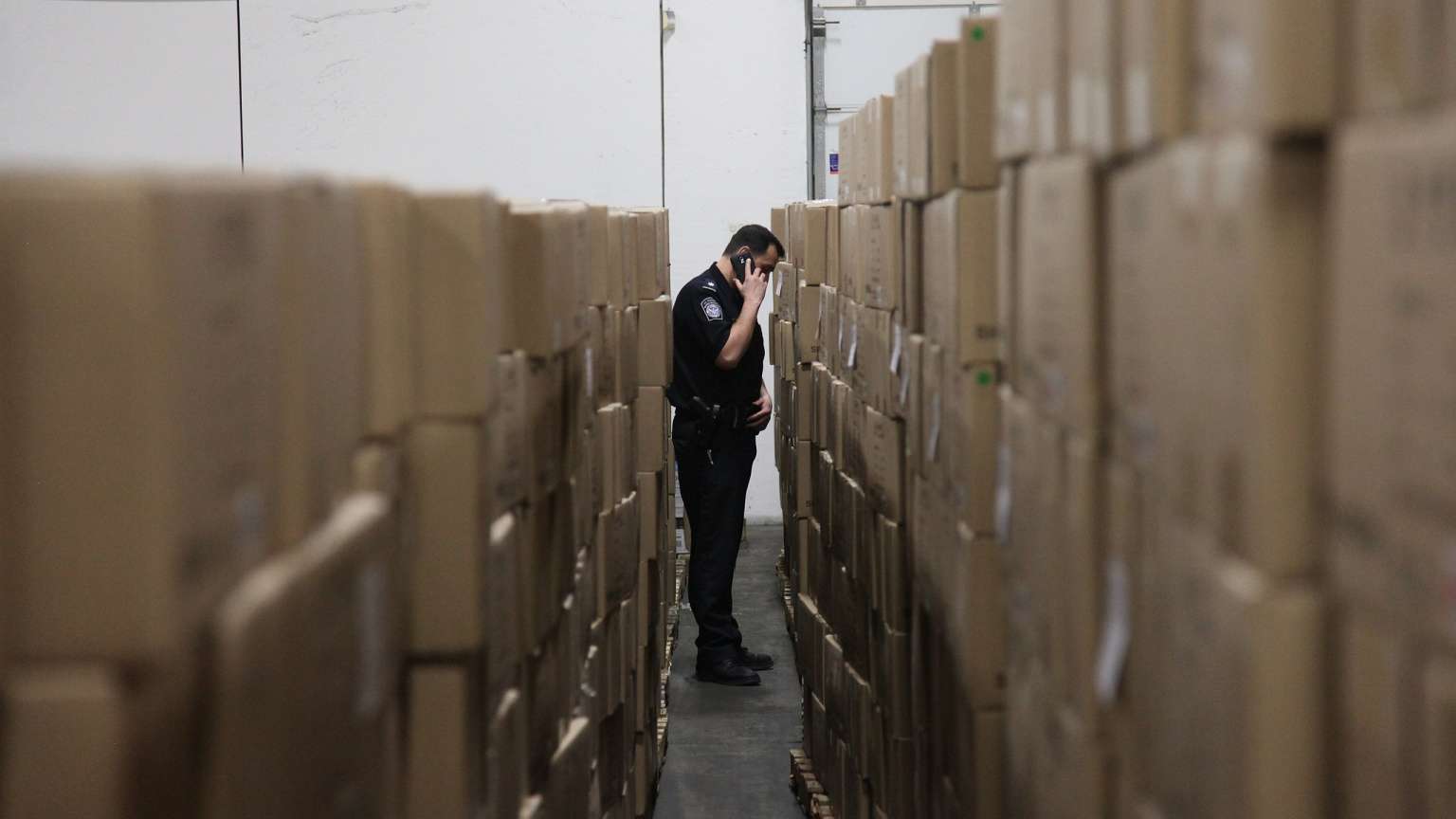
Customs Admits Yet Again That De Minimis is Loaded with Fake Goods, and Banned Goods
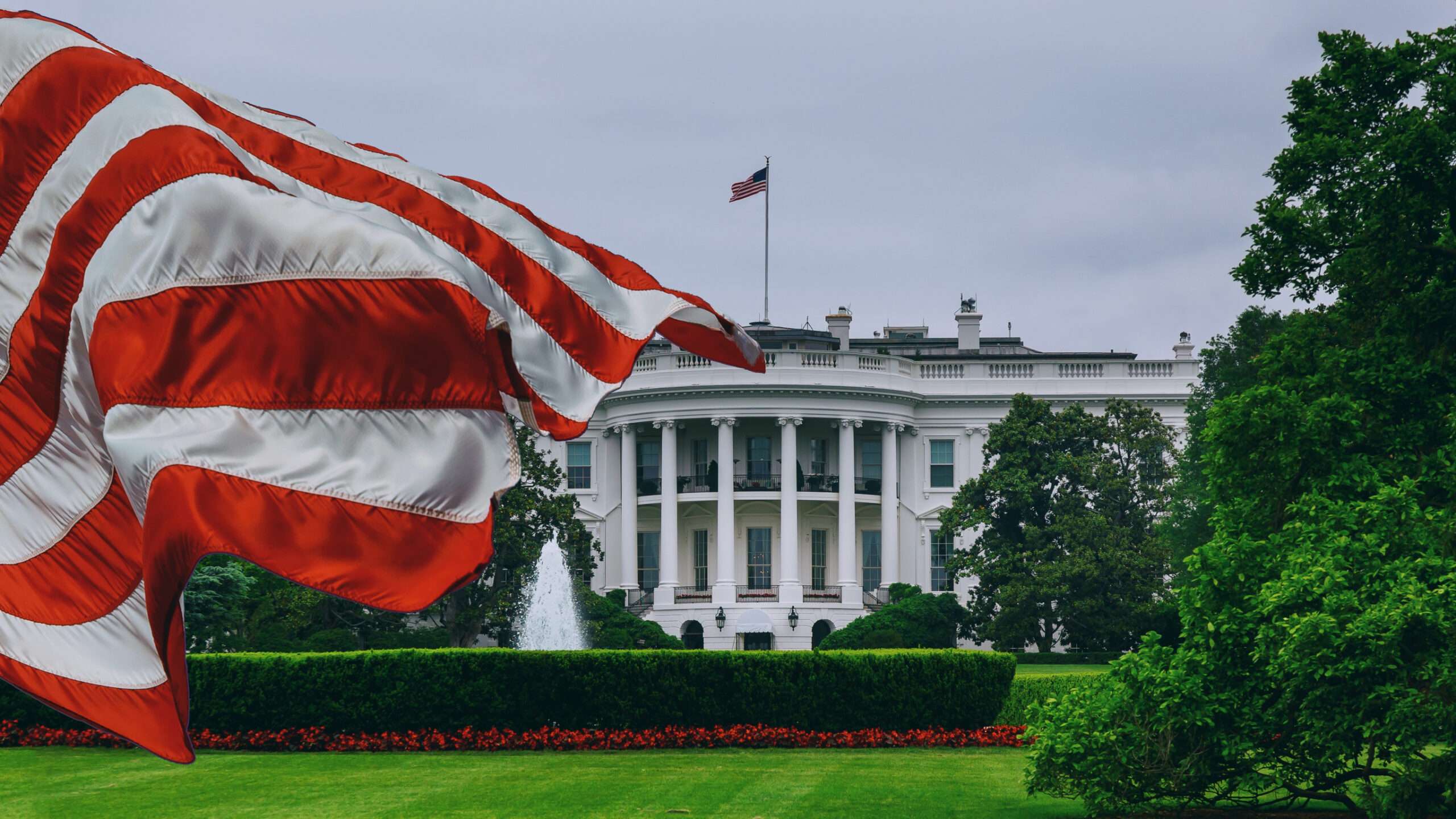
Considerations for Biden-Harris Administration De Minimis Announcement
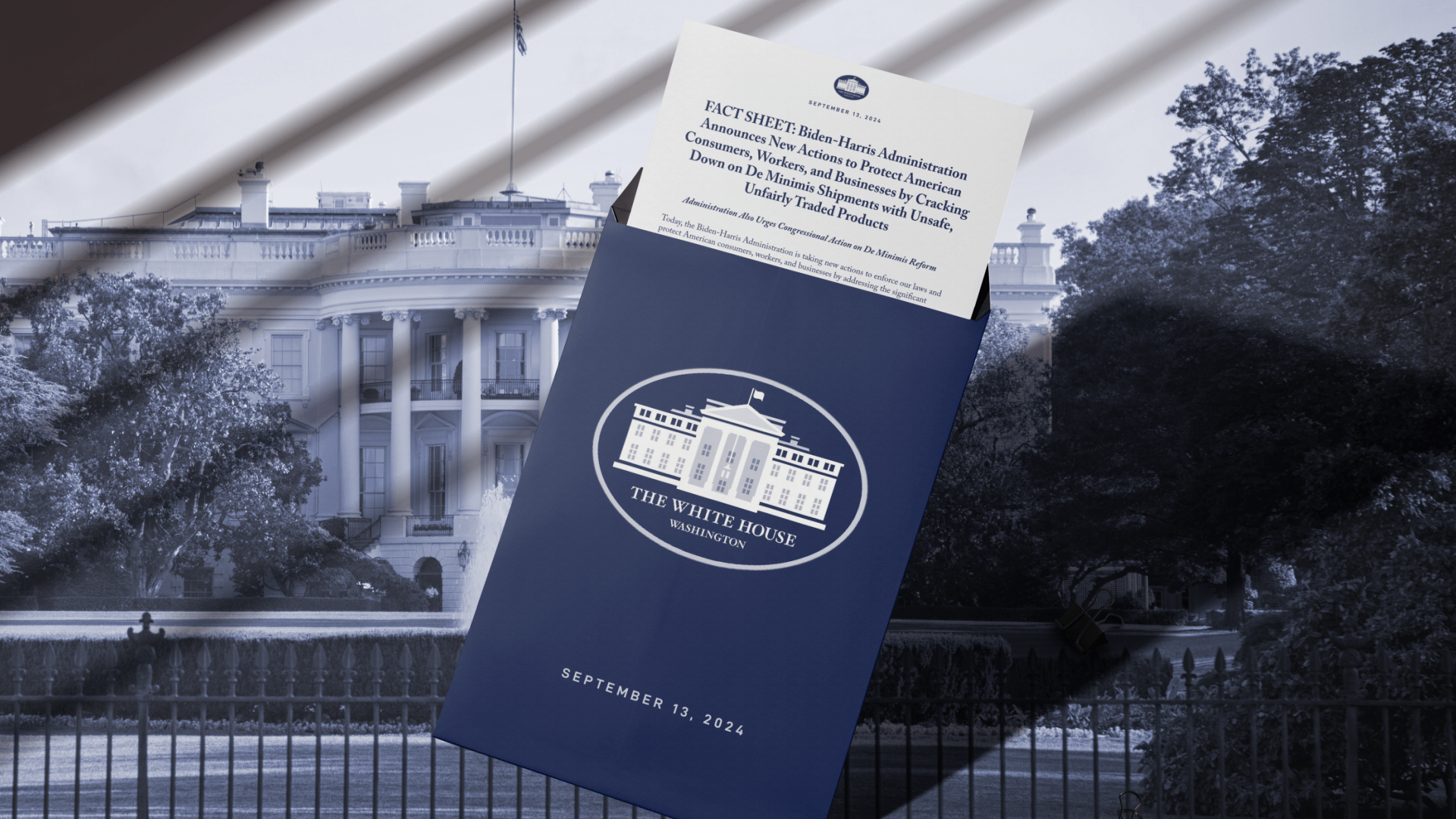
CPA Statement on Biden Administration Action to Prohibit Certain Imports from Using De Minimis Loophole
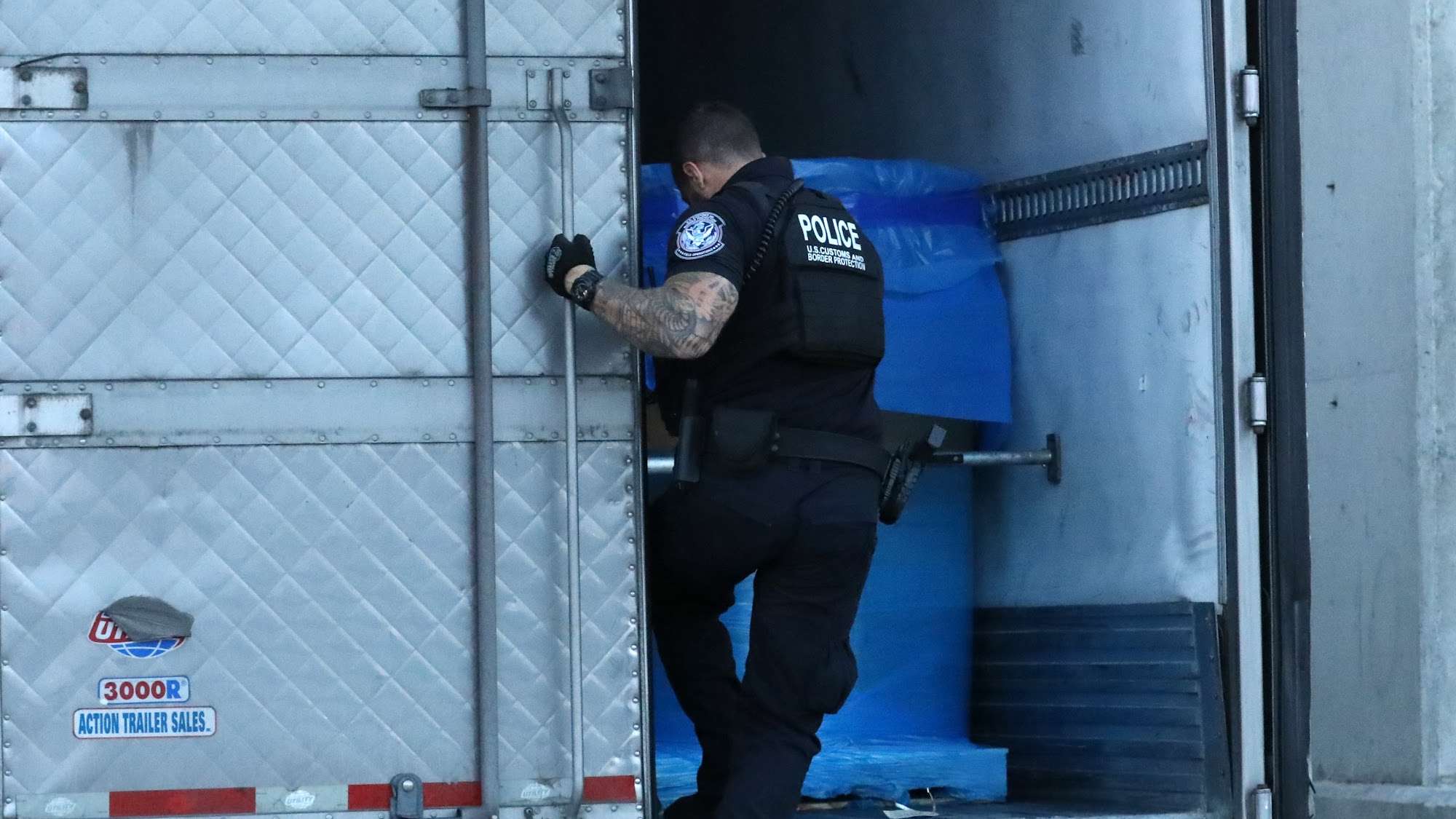
House Democrats Take Lead on Closing De Minimis Loophole, Going Against Amazon, FedEx, Others





